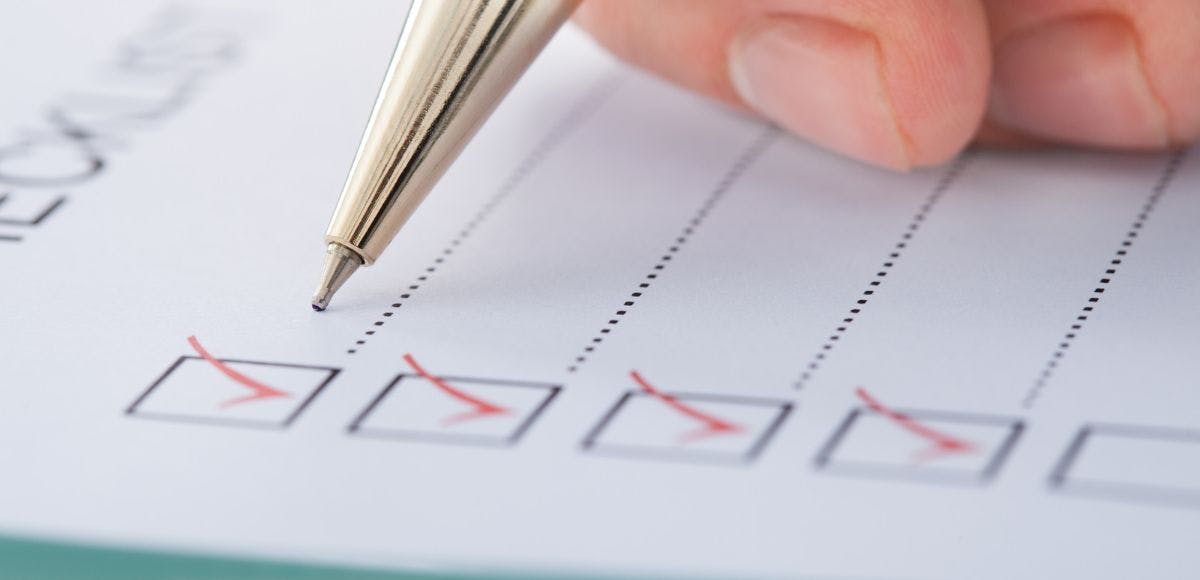Design feedback can be a daunting task, but we must be prepared for it. This involves understanding the purpose of the design, who it's for, and collecting other critical information before contacting any feedback providers. Talk to as many stakeholders as possible before starting on your design. Gather as much information as possible. This will help you have crucial information that will be important for the preparation process.
Understanding the "why" of your design
With any design project, the first step is to try to understand it. Take a minute to think about the "why" of your design. What is your design trying to accomplish? What problem are you solving, if there is one? Why does this solution work better than others? The more we understand our design goals, the better equipped we are to build something that fulfills its purpose. Make sure you research the "why," and once you feel confident, you can move on to the next step, the "who"?
Who is this design for?
When we design, it's essential to think about who will use it. Who are you creating it for? Are they the CEO of a company, the mailman, or aliens from out of space? Once you know who your design is for, the next step is creating a feedback user persona. Your feedback persona is a set of people who will consume your design. They may have different needs, wants, and expectations than you or your team. Create separate groups, and this will be your target market. Write down different ways you can find them, talk to them, and motivate them to continuously give you feedback on every stage of your design. By now, you should have a solid idea of the purpose and who your design is for.
How to make a feedback user persona
Creating a feedback user persona is simple. Start by listing the different types of people using your design. Then, create a profile for each type of person. Include their name, age, gender, interests, geographic region, occupation, and anything else you think would help understand them. Once your profiles are created, note down how these people can be contacted and interest them in joining your feedback session.
Organize your information
Now that you have all of this information handy, it's time to get all the information organized. Here's a list of things you should remember when requesting feedback.
- Break your design into pages or sections. This will help avoid confusion and ensure that the feedback you receive is relevant and helpful
- Create multiple variations of the same design to run A/B tests, if applicable.
- Ask the right questions from your feedback providers. Break down the most important criteria of your designs. Model your questions around them so that the feedback you receive will be clear and applicable.
- Keep the information simple and short so people can quickly and easily get an idea.
Breakdown your core information into a short and straightforward shareable booklet Once you are confident in your prep, it is vital to create a booklet that includes aids such as images, questions, and any other important information for the feedback provider. Take into account the different feedback user personas when designing your booklet. Keep it concise, organized, and easy to access for everyone involved!
Some ideas to include in your feedback prep booklet
- Quick overview of your project
- Goals of getting feedback on your design
- Rules for giving feedback (Do's & Don'ts, etc.)
- Detailed instructions on how you would like to receive the feedback (Video, Audio, Physical, Text, etc.)
- Time it takes to finish the critique session
- Other core information you think is important
Be sure to also include basic information such as:
- Your name and contact information
- The date when you will be requesting feedback
- A short introduction to you or your brand and links to your other work
Bonus tip - Create a section for the rules of providing feedback. Keep the rules casual to encourage the feedback provider's creativity. This helps critiques stay on course throughout their feedback session.
Conclusion
You must take the time to prepare for your design feedback sessions. Following the steps above, you can get the most out of your feedback and avoid any potential mishaps. Ultimately, this will help improve the quality of your designs and reduce stress for everyone throughout the process!
